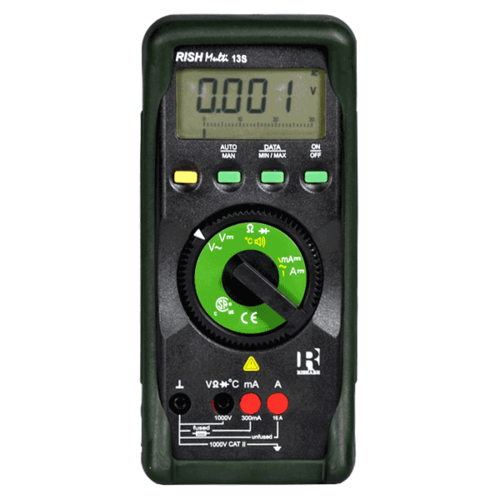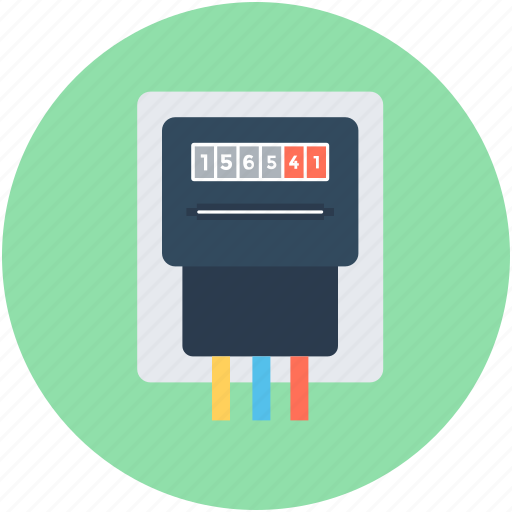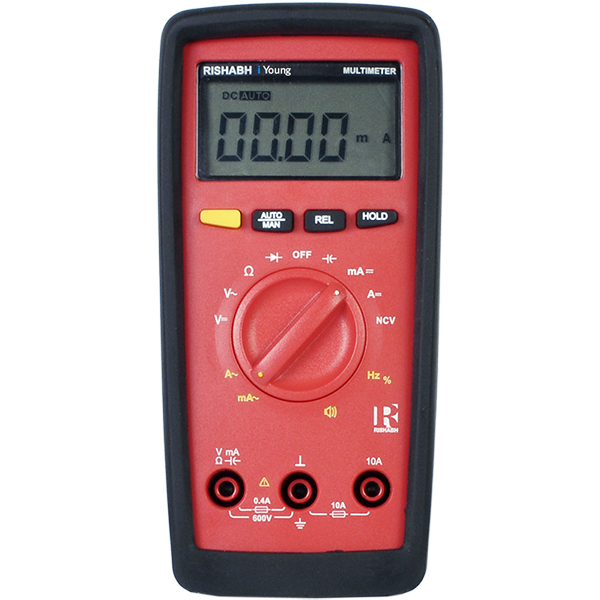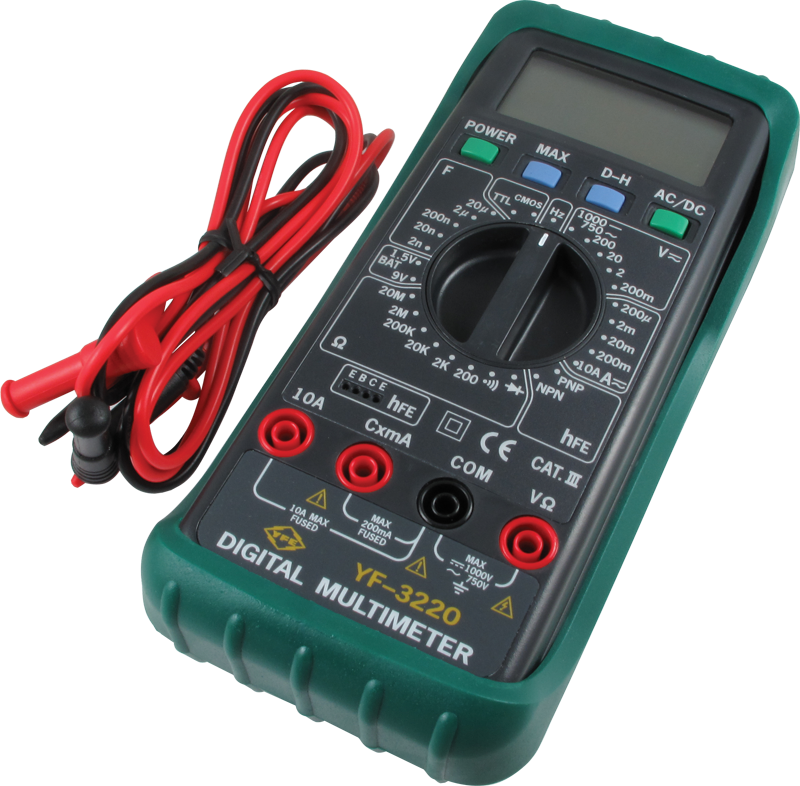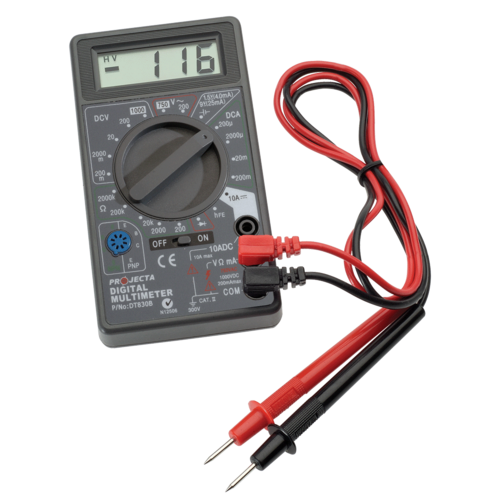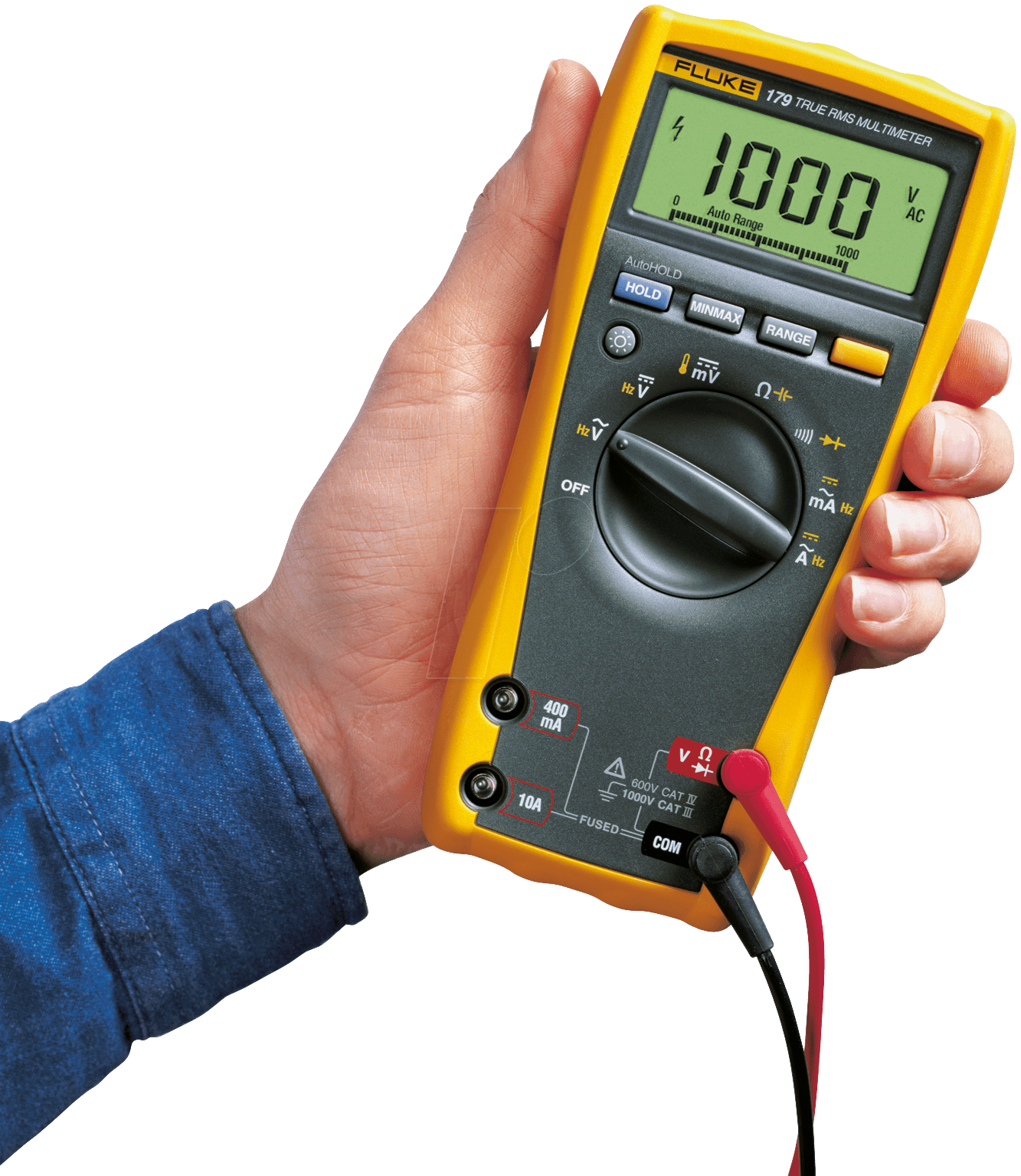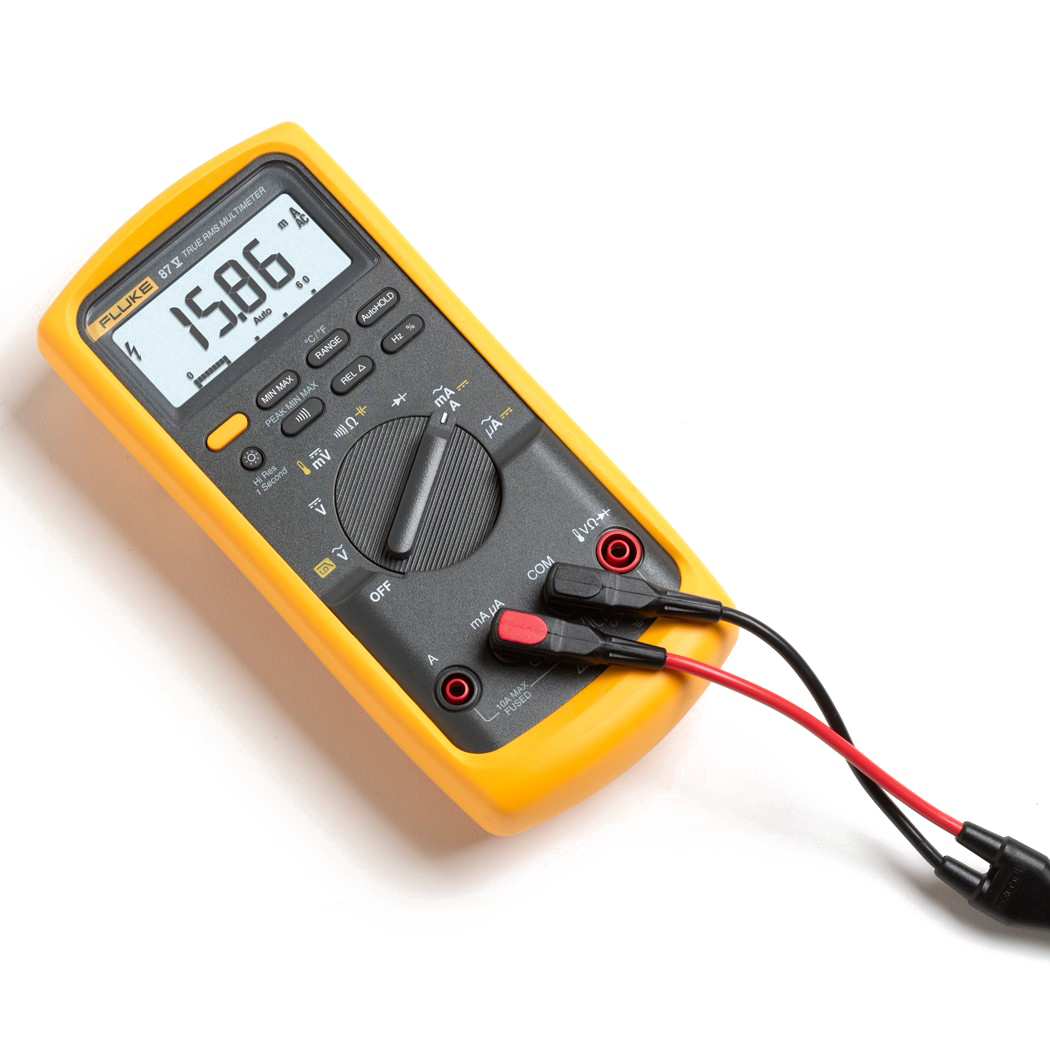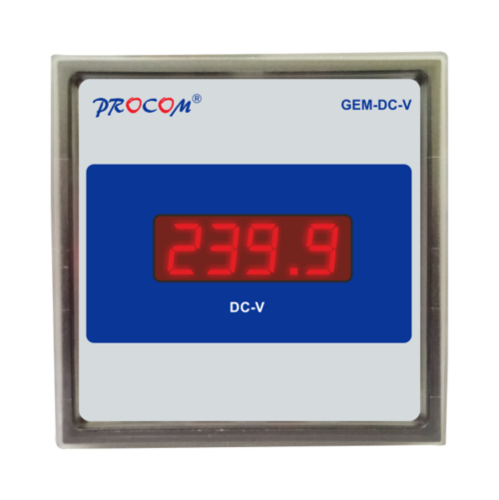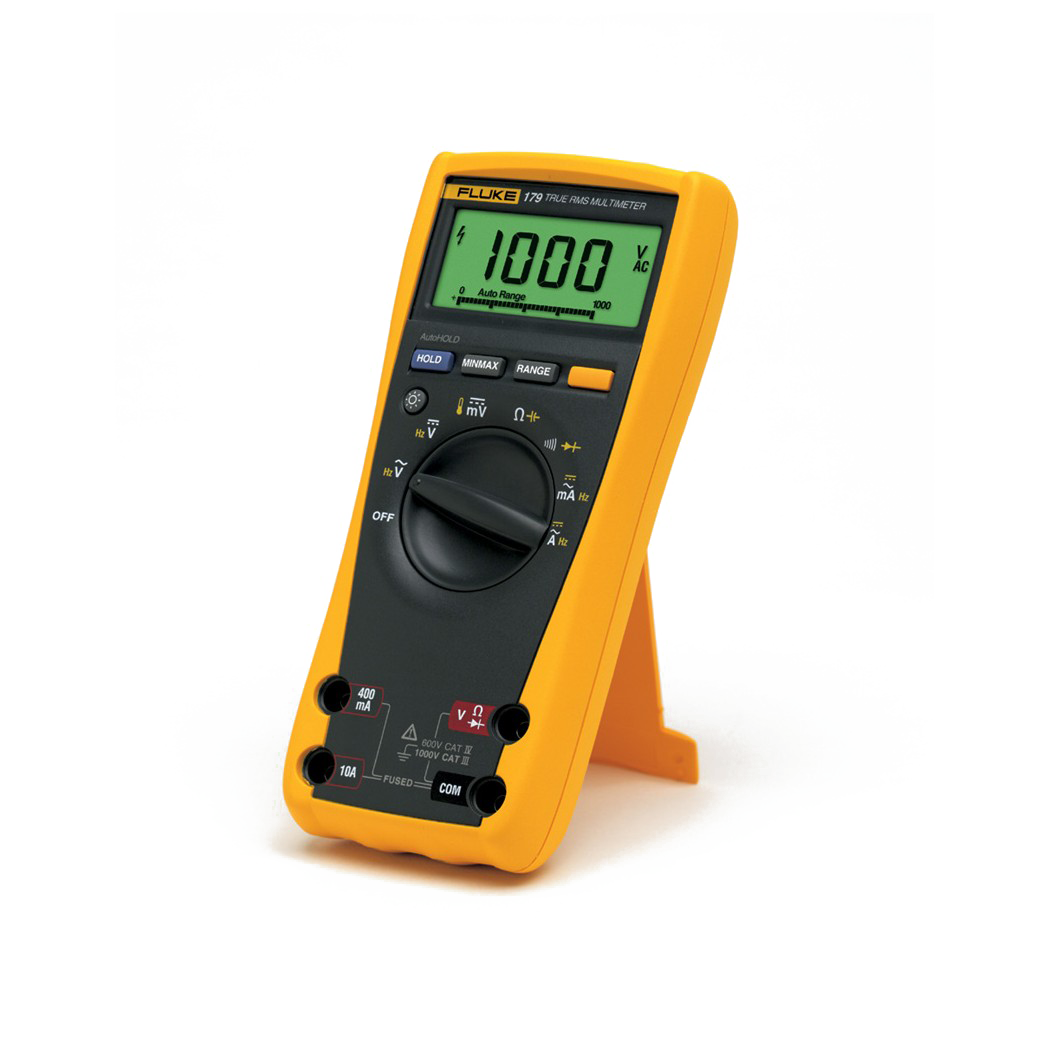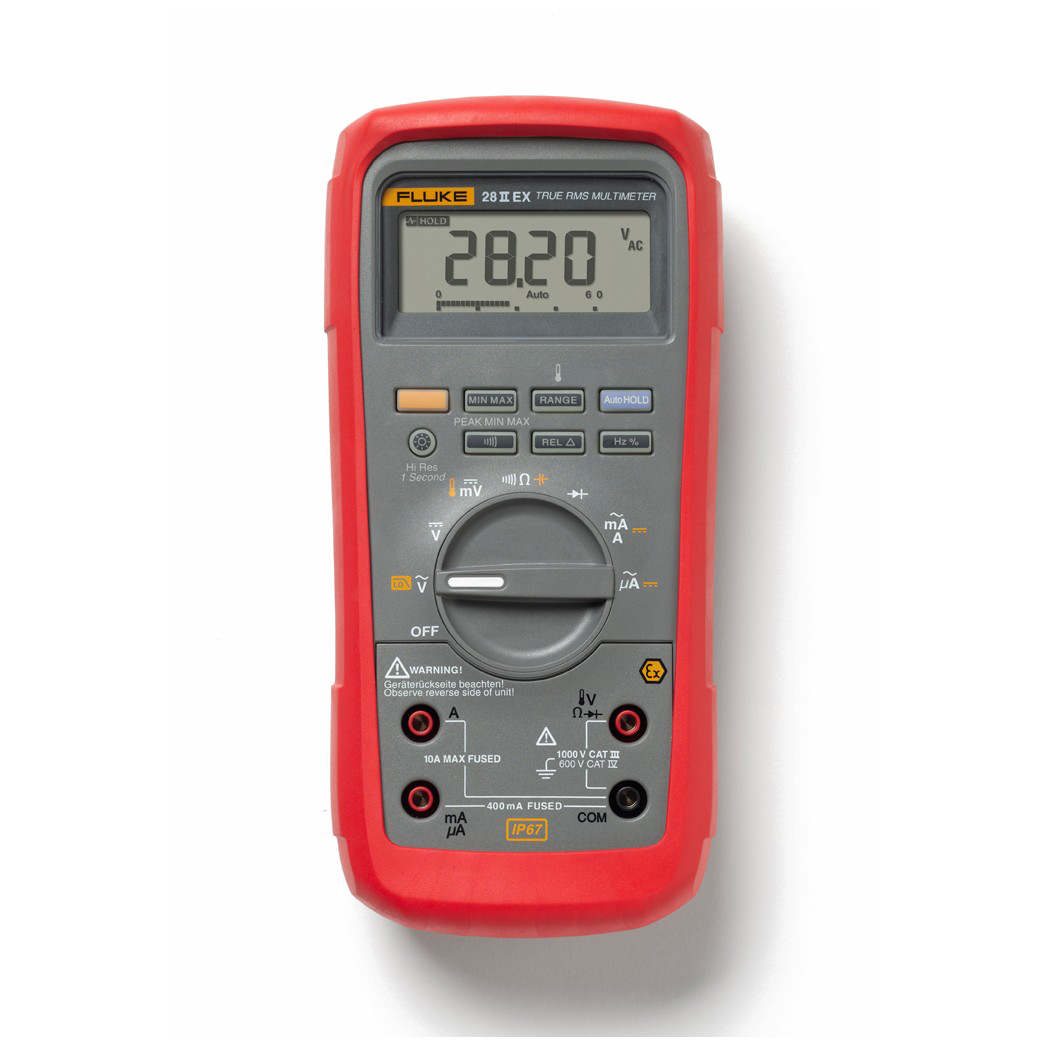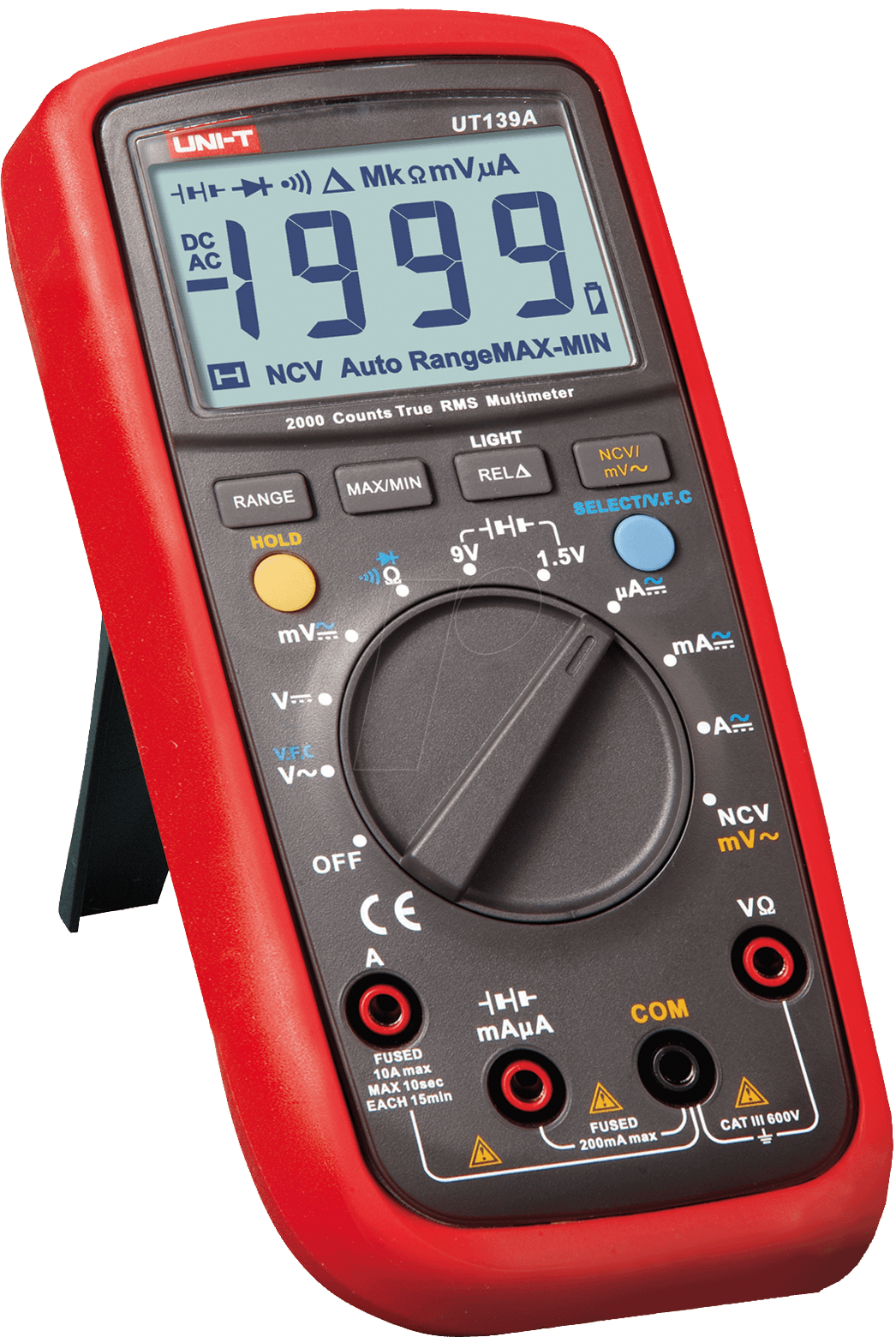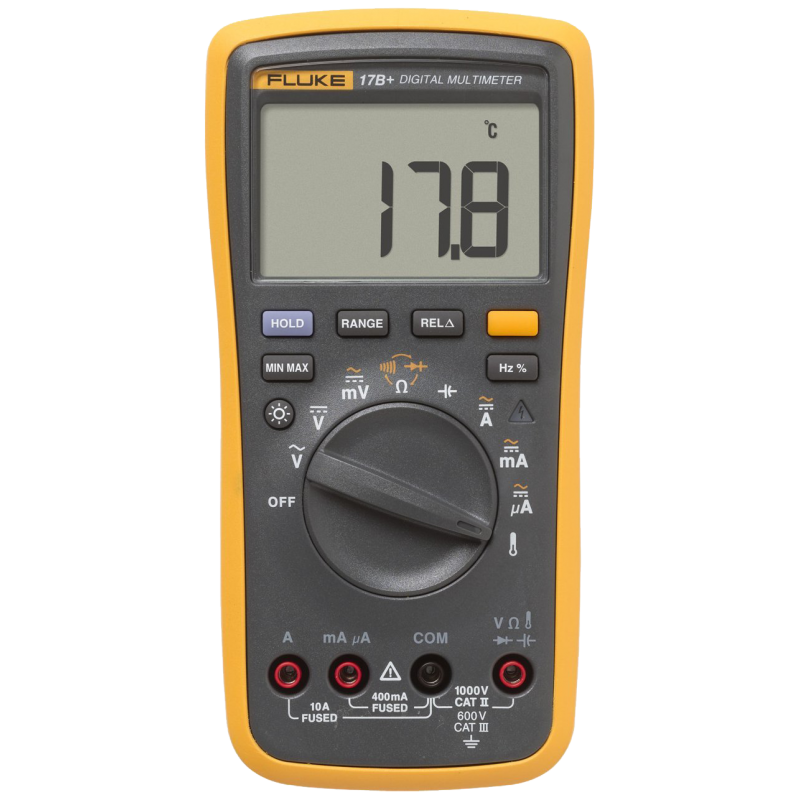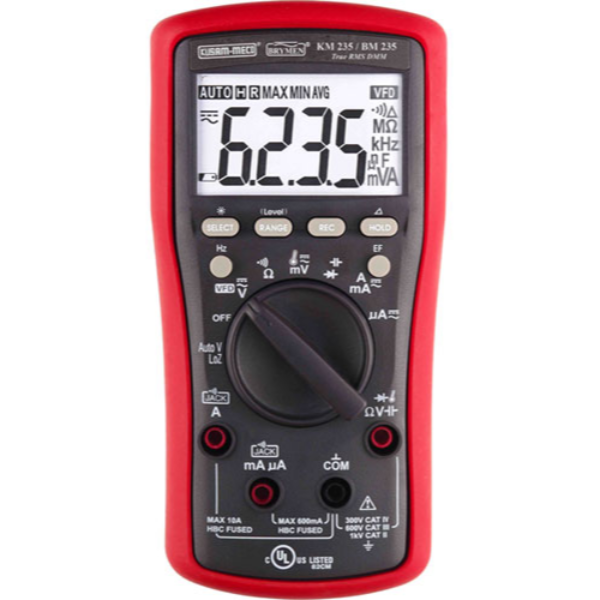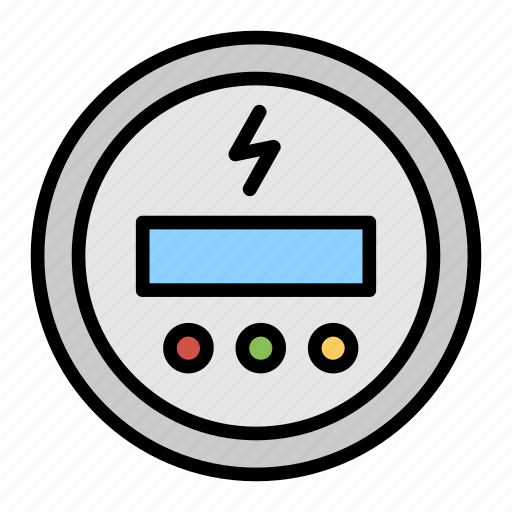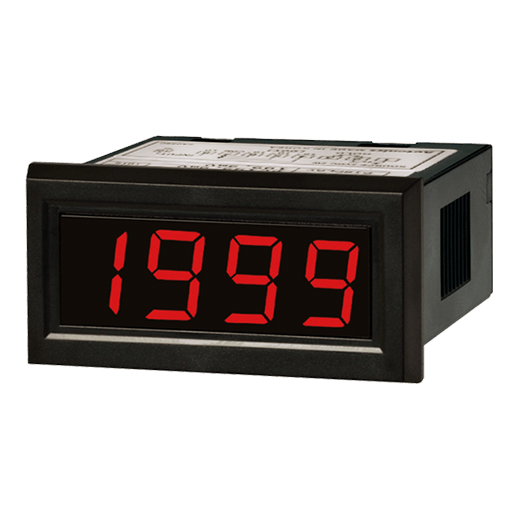Download top and best high-quality free Digital Meter PNG Transparent Images backgrounds available in various sizes. To view the full PNG size resolution click on any of the below image thumbnail.
License Info: Creative Commons 4.0 BY-NC
A multimeter is a device that can measure a variety of electrical characteristics. A conventional multimeter may measure voltage, resistance, and current, and is referred to as a volt-ohm-milliammeter (VOM) since it has voltmeter, ammeter, and ohmmeter functions. Some have extra attributes like temperature and volume that can be measured.
The measurements of an analog multimeter are shown using a microammeter with a moving pointer. Digital multimeters (DMM, DVOM) with numeric displays have rendered analog multimeters obsolete since they are less expensive, more precise, and physically more durable.
Multimeters come in a variety of sizes, features, and price ranges. They might be handheld devices or bench equipment with exceptional precision. Multimeters can be purchased for as little as $10, while laboratory-grade ones with validated calibration can cost upwards of $5,000.
In 1820, the galvanometer was the first current-detecting gadget with a moving pointer. By employing a Wheatstone bridge and comparing the unknown quantity to a reference voltage or resistance, they were used to measure resistance and voltage. While the gadgets were beneficial in the lab, they were sluggish and inconvenient in the field. These galvanometers were large and fragile.
A moving coil bears a pointer and revolves on pivots or a taut band ligament in the D’Arsonval”Weston meter movement. The coil is restricted by thin spiral springs that also serve to transport current into the moving coil as it spins in a persistent magnetic field. It provides proportional measurement rather than detection, and deflection is unaffected by the meter’s orientation. Values may be read straight from the instrument’s scale instead of balancing a bridge, making measurement rapid and uncomplicated.
Only direct current measurements, typically in the range of 10 A to 100 mA, are appropriate for the basic moving coil meter. It may easily be modified to read higher currents using shunts (resistances in parallel with the fundamental movement) or to read voltage with multipliers (series resistances). A rectifier is required to read alternating currents or voltages. The copper oxide rectifier, invented and manufactured by Union Switch & Signal Company, Swissvale, Pennsylvania, subsequently part of Westinghouse Brake and Signal Company, from 1927, was one of the first acceptable rectifiers.
The Oxford English Dictionary lists the earliest known use of the word “multimeter” in 1907.
Donald Macadie, a British Post Office engineer, is credited with inventing the first multimeter after becoming uncomfortable with the requirement to carry several separate instruments for telecommunications circuit maintenance. The multipurpose meter was termed Avometer because Macadie constructed an instrument that could measure amperes (amps), volts, and ohms. A moving coil meter, voltage and accuracy resistors, and switches and sockets to choose the range were all included in the meter.
The Avometer and a coil winding machine created and patented by MacAdie were manufactured by the Automatic Coil Winder and Electrical Equipment Company (ACWEECO), which was formed in 1923. Mr MacAdie continued to work for the Post Office until his retirement in 1933, although being a stakeholder of ACWEECO. Hugh S. MacAdie, his son, joined ACWEECO in 1927 and rose to the position of Technical Director. The first AVO was introduced in 1923, and many of its features remained virtually unchanged until the Model 8.
Download Digital Meter PNG images transparent gallery.
- Digital Meter PNG Pic
Resolution: 500 × 500
Size: 222 KB
Image Format: .png
Download
- Digital Meter PNG Picture
Resolution: 512 × 512
Size: 23 KB
Image Format: .png
Download
- Digital Meter PNG
Resolution: 600 × 600
Size: 346 KB
Image Format: .png
Download
- Digital Meter Transparent
Resolution: 800 × 786
Size: 717 KB
Image Format: .png
Download
- Digital Meter
Resolution: 500 × 500
Size: 201 KB
Image Format: .png
Download
- Digital Meter No Background
Resolution: 1333 × 1535
Size: 503 KB
Image Format: .png
Download
- Digital Meter PNG Clipart
Resolution: 1050 × 1050
Size: 745 KB
Image Format: .png
Download
- Digital Meter PNG Cutout
Resolution: 600 × 600
Size: 274 KB
Image Format: .png
Download
- Digital Meter PNG File
Resolution: 499 × 500
Size: 78 KB
Image Format: .png
Download
- Digital Meter PNG Free Image
Resolution: 1050 × 1050
Size: 463 KB
Image Format: .png
Download
- Digital Meter PNG HD Image
Resolution: 1050 × 1050
Size: 545 KB
Image Format: .png
Download
- Digital Meter PNG Image HD
Resolution: 1046 × 1560
Size: 570 KB
Image Format: .png
Download
- Digital Meter PNG Image
Resolution: 512 × 512
Size: 26 KB
Image Format: .png
Download
- Digital Meter PNG Images HD
Resolution: 800 × 800
Size: 389 KB
Image Format: .png
Download
- Digital Meter PNG Images
Resolution: 600 × 600
Size: 313 KB
Image Format: .png
Download
- Digital Meter PNG Photo
Resolution: 512 × 512
Size: 37 KB
Image Format: .png
Download
- Digital Meter PNG Photos
Resolution: 520 × 520
Size: 62 KB
Image Format: .png
Download
